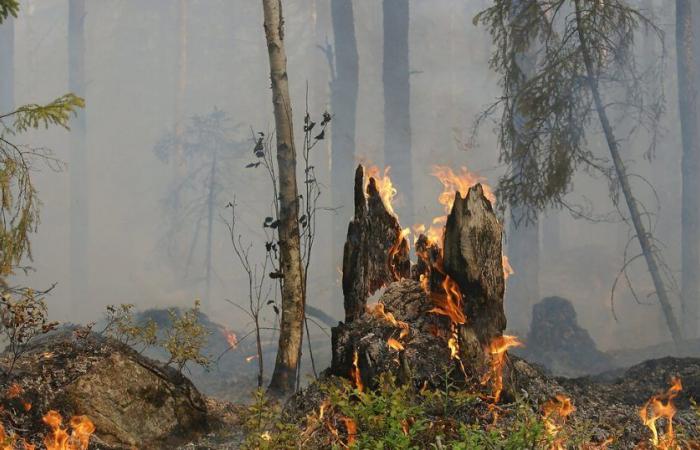After successfully completing June 20, 2024, the Launch of the first five satellites of its future constellation dedicated to the Internet of Things (IoT), the Toulouse company Kinéis announces the signing of a partnership with the German start-up Dryad Networks, developer of IoT solutions, specializing in monitoring the health and growth of public and private forests as well as the early detection of forest fires, via connected gas sensors.
Created in 2018 with the support of CLS, CNES and Bpifrance, Kinéis is one of the new players in the French space sector. A satellite operator, it is a global connectivity provider for the Internet of Things (IoT) thanks to its constellation of 25 satellitesthe first European constellation dedicated to IoT. Launched from New Zealand on the occasion of the summer solstice, the first five satellites were put into orbit. A success for Kinéis, just four years after its mega-fundraising of 100 M€The five nanosatellites, each weighing 30 kg, are now at an altitude of 635 km, where Kinéis’ technical teams have been able to take charge of them. Four other launches are planned by early 2025.
Save time and intervene more quickly
The agreement that has just been signed between the two start-ups aims to integrate Kinéis’ direct satellite transmission capabilities into forest fire sensors Silvanet next-generation sensor network from Dryad Networks. The sensor network will thus be able to free itself from limites terrestres and benefit from a global connectivity in near real time.
Indeed, fighting forest fires is a real race against time. With every minute that passes, the fire risks becoming uncontrollable and causing major damage. Detecting a fire from the early stages allows firefighters to gain valuable time to prevent the development of mega-fires.
Read also
Global Smart Rescue keeps watch
To do this, several strategies are implemented, from human vigilance to surveillance cameras to sensors implanted in the forest massif. It is this last solution that Dryad Networks is developing. Its solar-powered sensors use artificial intelligence to analyze air quality and detect gases generated by combustion from the very beginning. To give an alert, these sensors connect to the terrestrial network LoRaWANa long-range, low-power wireless network.
Ensure connectivity everywhere
Dryad Networks deploys its sensors in particular along the power lines and some railways. Disruptions to electrical and transport infrastructure are indeed responsible for a large number of forest fires around the world. Unfortunately, to alert emergency services or authorities, the LoRaWAN network is not available everywhere, especially in remote areas. For expand the connectivity of its sensorsthe company therefore chose to call on Kinéis, whose CEO, Alexander Weaverspecifies in a press release dated June 27, 2024:
Dryad Networks is at the forefront of ultra-early fire detection, making it the ideal partner for this expansion. By combining our satellite capabilities with its innovative sensors, we are creating a truly global and adaptable solution to combat the growing threat of wildfires around the world.”
“This partnership not only expands our technological capabilities, but also supports our mission to provide comprehensive wildfire protectionconfirms, for his part, Carsten BrinkschultePDG de Dryad Networks. The integration of Kinéis satellite technology with our Silvanet sensors adds a vital layer to our sensing ecosystem, particularly for linear infrastructures, while reinforcing our commitment to LoRaWAN mesh networks. » While the first products based on this integration will be available before the end of the year, the two companies aim to deploy hundreds of thousands of these IoT terminals worldwide over the next three years.






